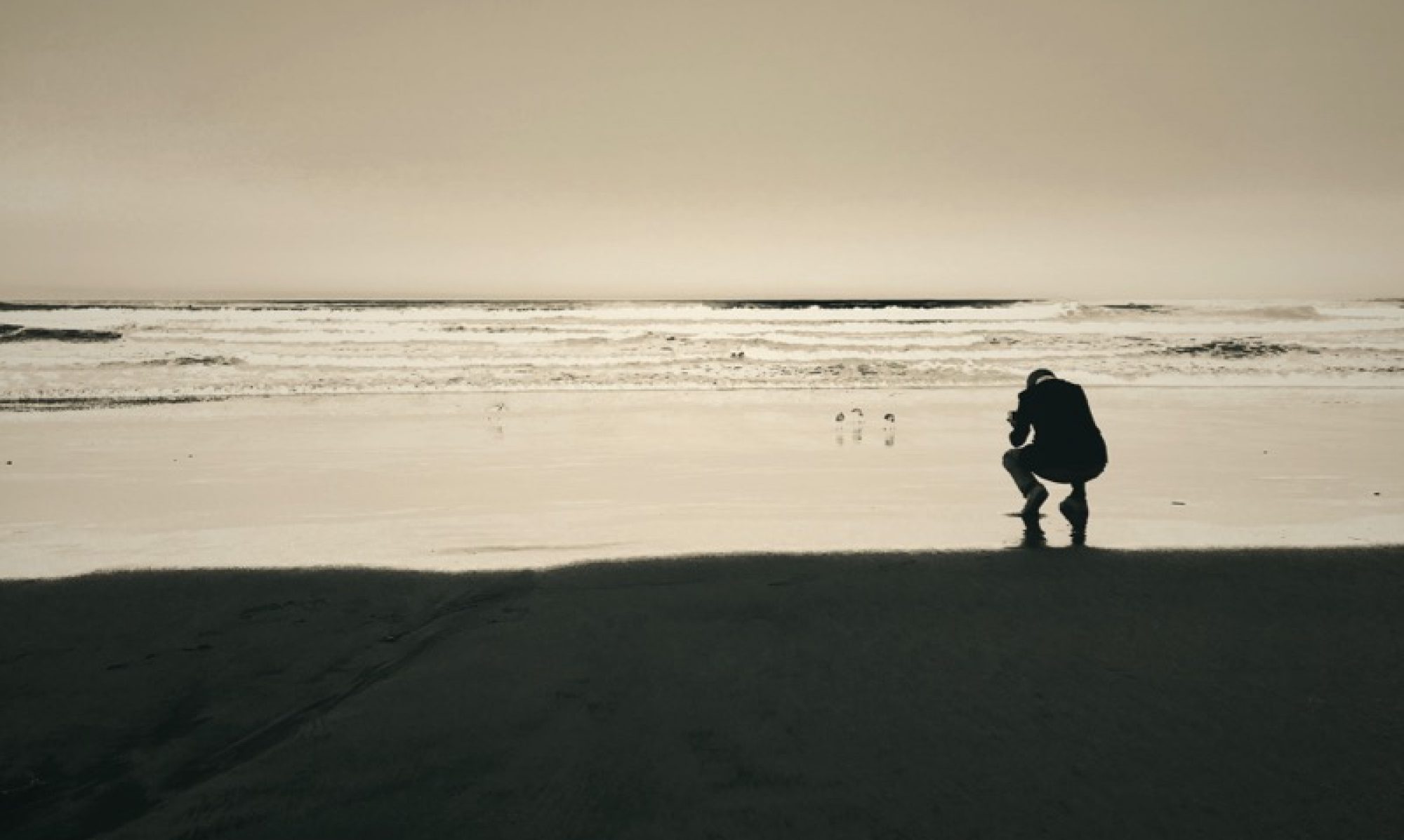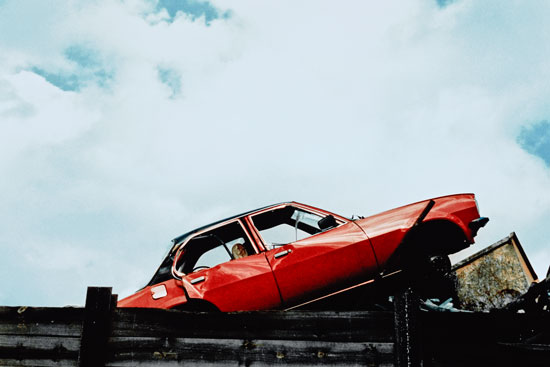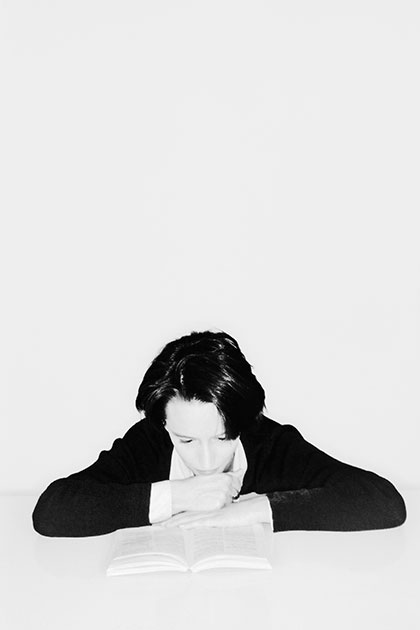Much has been written lately on self-publishing photo books. This has become a thriving business for both community websites and on demand print vendors in recent years. Still, if you look into the online forums of these places (e.g., Lulu, Blurb, etc.), chances are you’ll be reminded of a controlled experiment: How much intense suffering are the poor users willing to take? However, while I agree with the sentiment that most of these self-publishing sites still do an astonishingly poor job of providing the relevant (and correct!) technical information, I disagree that the results are destined to “look like crap.” If you know your stuff, you can get extremely predictable results, without color shifts, stretched images, and the like. There are a few caveats inherent to the printing process of on demand books, but those are minor (see below).
Here are a few points that I think are both relevant and simple. First, don’t even think about doing anything at all with your image files without a color calibrated screen (sounds obvious, yet you’d be surprised…). The Mac has a built in calibration tool which is kind of o.k. – but you’ll have to get yourself a spider and calibration software to get professional results. I use the Spider 3 Elite by Datacolor; there are several others that will do the job just as well.

Second, always have a close look at the histogram of your image files. To make them as robust as possible for the color conversions that are required for printing, you need a lot of experience. Clipped color channels, for example, are an absolute no-no: While the RGB images may still look good on screen, the CMYK conversion that is necessary for the printing will magnify such technical faults, and you’ll end up with very unpleasant color shifts. Don’t blame the printer! Personally, I even go a step further: Not only do I avoid the clipping of any color information whatsoever during post processing. I also avoid having more than one or two percent of information in the extremes of the histogram (levels 0-15, and levels 240-255). I will try to write up an extra entry on this some other time.
Third, find out who does the actual printing, and investigate their workflow. Personally, I use Lulu. In the U.S., some vendor in Rochester is doing the printing for them. A few years ago, after uploading several fully color managed versions of a book file to Lulu, and repeatedly receiving “crap” in return, I went so far as to call the technical staff in Rochester. As it turned out, they didn’t use color management at all, because Xerox or HP or whoever manufactured their printer recommended against it. After a weak attempt from my side to argue about this, we figured out the best settings (I use Adobe InDesign, and after my conversations with them export the PDF file *without* embedded color profiles), and the results have been dead on ever since.
Finally, the technology most on demand printers offer is not what you are used to from a traditional book publishing house. The low print runs dictate the use of what basically is color copier technology. Personally, I have always liked the aesthetics of photos printed on laser copiers, so I may have a weak spot for this process (color copies on high end paper are also very durable and archival, another plus). Anyway, the downside of using such toner based technology is that it is prone to variations caused by differences in air temperature and humidity. Also, I have a feeling that the amount and density of toner left in the cartridges (before it has technically run out) has an effect on the printing. This may result in very faint streaks in those parts of an image with deep, solid color without much detail. But even for a quality fanatic this can be tolerable I think – I try to tell myself that it adds to the charm of this otherwise splendid opportunity to create a book of your own, from start to finish, all by yourself.


